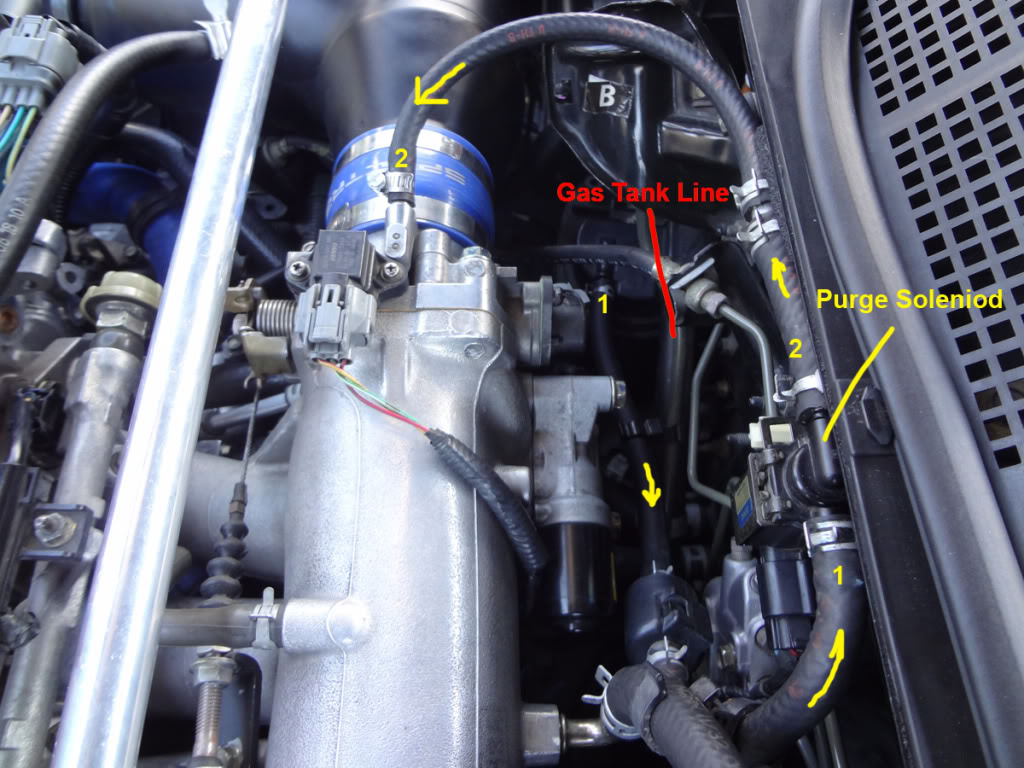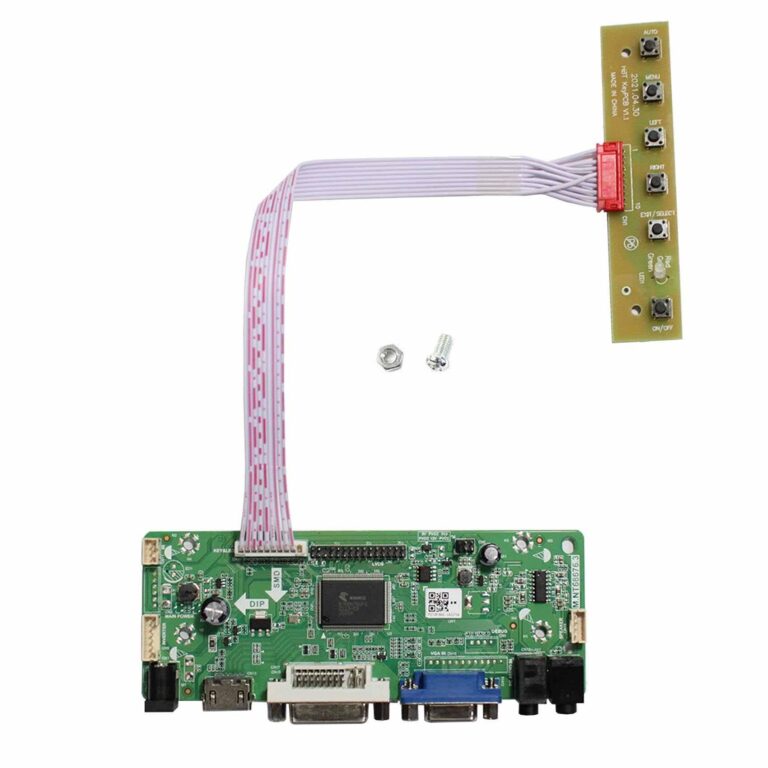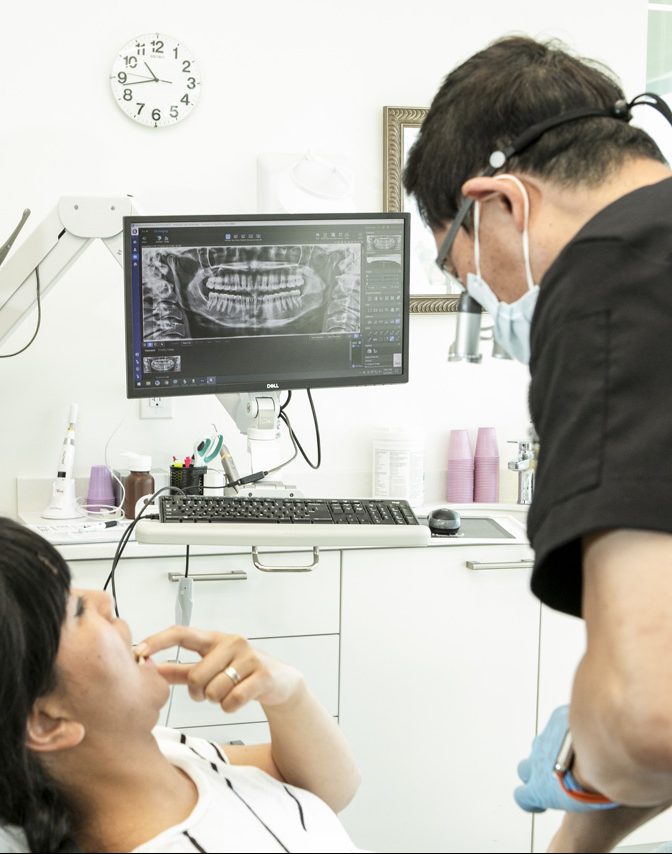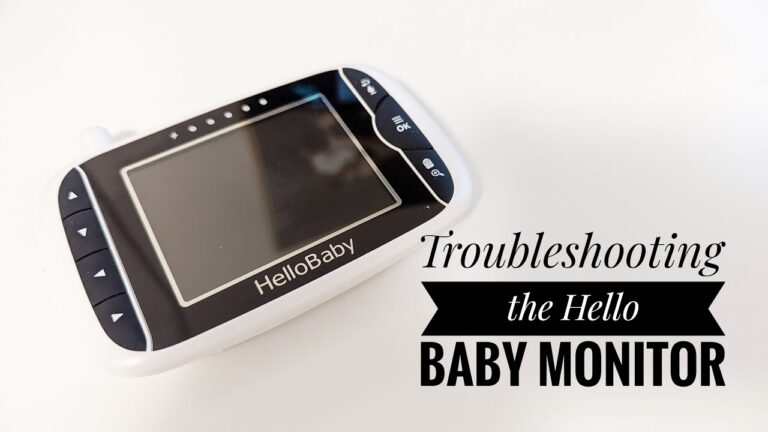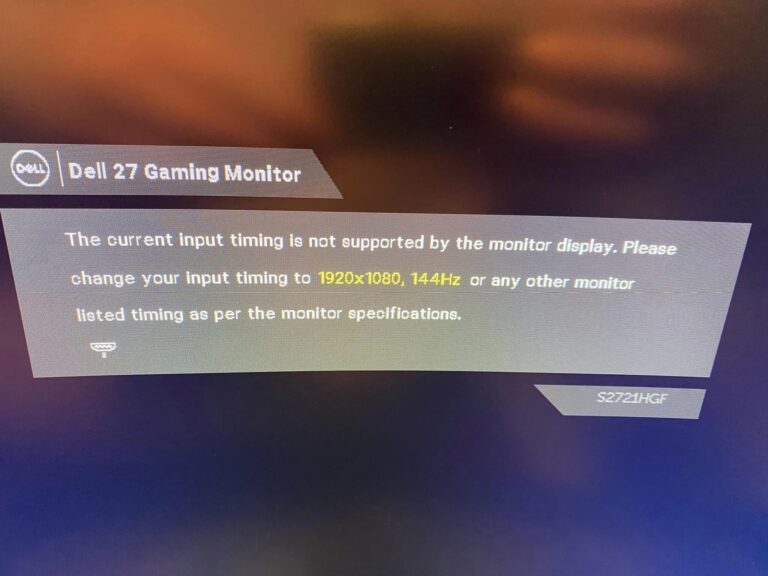Fuel System Monitor Not Ready: Troubleshooting Tips to Get Your Car Ready
When the Fuel System Monitor is not ready, it means that your vehicle’s computer has not yet checked all the parts of the emissions control system for problems, preventing it from determining if everything is working as intended. This can result in an incomplete OBD inspection.
The causes of a “not ready” result can include a faulty OBD system or issues with the drive cycle. To resolve this issue, it is recommended to use a VAG capable scan tool to check the fuel trims and address any high fuel trims.
Additionally, performing a few days of normal driving can help reset the monitors and make them ready.
Fuel System Monitor Not Ready Explained
A “not ready” result means that your vehicle’s computer has not had a chance to check all of the parts of the emissions control system for problems, so it cannot determine if everything is working as designed. Until the vehicle is “ready” to complete the checks, the OBD inspection cannot be completed.
Understanding ‘not Ready’ Status
The ‘not ready’ status in regards to the fuel system monitor means that your car cannot carry out the emission system tests for some reason. This status indicates that certain components or systems within the fuel system have not yet been evaluated by the vehicle’s computer. Thus, it is unable to determine if there are any issues or malfunctions. Without a ‘ready’ status, it is impossible for the OBD system to complete its inspection.
Crucial Role Of Obd System
The On-Board Diagnostics (OBD) system plays a crucial role in monitoring and diagnosing potential problems within a vehicle’s emissions control system. It constantly collects data from various sensors and components to ensure optimal performance and reduced emissions. When your car displays a ‘not ready’ status in the fuel system monitor, it signifies that the OBD system has not yet been able to check all the necessary components for any issues or faults.
It is important to note that the OBD system is designed to continuously monitor and update the status of the emissions control system. If there are any problems or malfunctions detected, it will illuminate the check engine light and provide error codes for further diagnosis. However, until all necessary components are evaluated and a ‘ready’ status is achieved, the OBD system cannot provide a clear picture of the fuel system’s condition.
Emissions Control System Checks
The fuel system monitor is just one aspect of the OBD system’s comprehensive emissions control system checks. These checks involve various components and systems, including the fuel control system, catalytic converter, oxygen sensors, and more. Each component plays a crucial role in ensuring the proper functioning of the vehicle’s emissions control system. When any of these components are not ready for evaluation, the overall emissions control system check remains incomplete.
To facilitate a successful emissions test and ensure that your vehicle passes, it is essential to address the ‘not ready’ status of the fuel system monitor. By allowing your vehicle’s computer to complete the necessary checks, you increase the chances of obtaining a clear and ‘ready’ status, indicating that your fuel system is functioning as intended.
Fuel System Monitor Not Ready: Troubleshooting Tips
Having a “Fuel System Monitor Not Ready” error on your vehicle can be frustrating, especially if you’re trying to complete an emissions inspection. This error occurs when your vehicle’s computer has not had a chance to check all of the parts of the emissions control system for problems, so it cannot determine if everything is working as designed. Until the vehicle is “ready” to complete the checks, the OBD inspection cannot be completed.
Tips For Identifying Issues
To troubleshoot and fix the Fuel System Monitor Not Ready error, here are some helpful tips to identify the issues:
- Check for Faulty OBD System: Ensure that your onboard diagnostic (OBD) system is functioning properly. A faulty OBD system can prevent the fuel system monitor from completing the necessary tests.
- Inspect Drive Cycle: Verify if the drive cycle is completed properly. The drive cycle consists of a series of driving conditions that must be met for the computer to run the necessary tests. If the drive cycle is interrupted or not completed, the fuel system monitor may show as not ready.
Diy Checks Before Visiting A Mechanic
Before taking your vehicle to a mechanic, you can perform some DIY checks to potentially resolve the Fuel System Monitor Not Ready error:
- Check Fuel Trims: Use a VAG capable scan tool to check your fuel trims. High fuel trims may indicate an issue that needs to be addressed.
- Verify Fuel System: Ensure that the fuel control system is regulating the fuel mixture properly to achieve the optimum air/fuel ratio in the combustion chamber. This evaluation is done by the fuel system monitor.
By following these troubleshooting tips and performing some DIY checks, you may be able to identify and resolve the issues causing the Fuel System Monitor Not Ready error. However, if the problem persists, it is recommended to visit a qualified mechanic who can further diagnose and fix any underlying problems with your vehicle’s fuel system.
Drive Cycle Completion Challenges
The Fuel System Monitor Not Ready indicates that the vehicle’s computer has not yet checked all parts of the emissions control system, preventing it from determining if everything is functioning properly. Until the checks are completed, the OBD inspection cannot be finished.
This issue can be caused by drive cycle completion challenges or a faulty OBD system.
Reasons For Incomplete Drive Cycles
There are several reasons why drive cycles may not be completed, preventing the fuel system monitor from being ready. Here are some common causes:
- Faulty OBD system: If there is an issue with the onboard diagnostics (OBD) system in your vehicle, it may not be able to properly check the emissions control system. This can result in an incomplete drive cycle.
- Malfunctioning sensors: If any of the sensors that are responsible for monitoring the fuel system are not functioning correctly, it can cause drive cycles to remain incomplete. These sensors play a crucial role in providing the necessary data for the system to evaluate and regulate the fuel mixture.
- Incorrect driving conditions: Drive cycles require specific driving conditions to be met in order to complete successfully. If these conditions are not met, such as certain speed ranges, engine load, or driving time, the drive cycle may remain incomplete.
- Previous repairs or maintenance: If your vehicle has recently undergone repairs or maintenance that involved disconnecting the battery or clearing fault codes, it can cause the drive cycle to reset. As a result, it may take some time and driving for the cycle to complete.
How Drive Cycles Affect Monitor Readiness
Drive cycles are an essential part of the emissions control system in your vehicle. They allow the computer to check all the necessary components and systems to ensure they are functioning as designed. Completion of drive cycles is crucial for the fuel system monitor to be ready, indicating that the vehicle is ready for emissions inspections.
When the drive cycle is incomplete, the monitor is not ready, and it means that the computer has not had the opportunity to check all the parts of the emissions control system for any potential problems. Without completing the drive cycle, the OBD inspection cannot be completed, preventing your vehicle from passing the required emissions tests.
It’s essential to understand that completing the drive cycle may take some time and specific driving conditions. Therefore, if you encounter a “not ready” result, it’s crucial to address any underlying issues, ensure proper sensor functioning, and follow the recommended drive cycle procedures to achieve monitor readiness.
Making Your Car Ready: Practical Steps
Preparing your car for an emission test is crucial to ensure that it passes without any issues. One common issue that may arise during the test is the Fuel System Monitor Not Ready status. This means that your vehicle’s computer has not had a chance to check all of the parts of the emissions control system for problems, making it unable to determine if everything is working as designed. In this article, we will explore practical steps to ensure that your car is ready for the test, focusing on how to prepare for emission tests and how to ensure a complete fuel system drive cycle.
Preparing For Emission Tests
Before taking your car for an emission test, it is essential to follow these steps to increase the chances of a successful outcome:
- Check engine light: Ensure that the check engine light is not illuminated. If it is, identify and fix any issues before proceeding with the emission test.
- Maintenance and service: Regularly maintain and service your car according to the manufacturer’s recommendations. This includes oil changes, air filter replacements, and spark plug replacements, among other essential maintenance tasks.
- Check fuel and fluid levels: Make sure that the fuel and fluid levels in your car are sufficient. Low fuel levels or contaminated fluids can affect the performance of the emissions control system.
- Warm-up your car: Before heading to the emission testing center, warm up your car by driving for at least 10-15 minutes. This helps ensure that all systems are operating at their optimal levels and increases the chances of a smooth test.
Ensuring A Complete Fuel System Drive Cycle
To address the Fuel System Monitor Not Ready status, it is crucial to ensure a complete fuel system drive cycle. Follow these steps:
- Clear error codes: Use an OBD scan tool to clear any error codes stored in the vehicle’s computer. This ensures that the system starts fresh and can accurately perform the necessary checks during the drive cycle.
- Cold start: Start your car when the engine is cold, preferably after it has been sitting for at least eight hours. This is the beginning of the drive cycle.
- Drive in varied conditions: During the drive cycle, aim to drive in both city and highway conditions. This means driving at different speeds, stopping and starting, and accelerating and decelerating. The goal is to cover a wide range of driving scenarios to allow the system to evaluate the fuel control system’s performance accurately.
- Drive for an extended period: It typically takes a few days of normal driving, including both city and highway, to make the monitors ready. Therefore, be patient and continue driving as usual until the drive cycle is complete.
By following these practical steps, you can increase the chances of your car being ready for the emission test. Remember to regularly maintain your vehicle and address any issues promptly to ensure its overall health and performance, contributing to better emissions control and a cleaner environment.
Addressing Common Fuel System Faults
The Fuel System Monitor Not Ready indicates that your vehicle’s computer hasn’t checked all parts of the emissions control system. This can prevent the completion of OBD inspections. Common causes include faulty OBD systems and drive cycle issues. Drive your vehicle for a few days of normal driving to reset the monitors.
Recognizing Faulty Obd Indicators
One common issue that drivers encounter when it comes to their fuel system is a “not ready” result on their On-Board Diagnostics (OBD) system. This means that the vehicle’s computer has not yet had the opportunity to check all the parts of the emissions control system for problems. As a result, it cannot determine if everything is working as designed. Until the vehicle is “ready” to complete these checks, the OBD inspection cannot be completed.
Troubleshooting Fuel Trims And Errors
Another area to address when facing fuel system faults is the fuel trims and errors. Monitoring fuel trims is crucial to ensure optimal fuel mixture regulation in the combustion chamber throughout varying engine RPM and load ranges. High fuel trims can indicate underlying issues that need to be addressed.
If you are experiencing fuel trims that are higher than normal, it is essential to investigate and identify the underlying causes. This can be done with the help of a VAG capable scan tool, which will allow you to check the fuel trims and diagnose any potential issues causing the imbalance.
If your vehicle’s fuel system monitor is not in the ready or clear or pass state, getting it to that state becomes imperative if you want your car to pass an OBD inspection. Failing to do so will result in a failed inspection, and subsequent repairs and retesting will be necessary.
If you are unsure about how to get your fuel system monitor ready, it is best to consult a technician or mechanic who can guide you through the process. They can provide you with the necessary steps and information to ensure your vehicle’s fuel system monitor is properly functioning and ready for inspection.
Professional Solutions And Assistance

Credit: www.motorsport.com
Frequently Asked Questions For Fuel System Monitor Not Ready
How Do I Get My Fuel Monitor Ready?
To get your fuel monitor ready, drive your vehicle for a few days under normal conditions, both in the city and on the highway. This will allow the vehicle’s computer to check all the parts of the emissions control system and determine if everything is working as designed.
If the monitor is still not ready, you may need to consult a mechanic for further assistance.
What Does The Fuel System Monitor Do?
The fuel system monitor evaluates and regulates the fuel mixture in the combustion chamber to achieve optimal air/fuel ratio. If it shows as “not ready,” it means the vehicle’s computer hasn’t checked all emissions control parts for problems. Until it’s “ready,” the OBD inspection can’t be completed.
A few days of normal driving usually makes the monitor ready.
Why Is My Obd Monitor Not Ready?
If your OBD monitor is not ready, it means that your vehicle’s computer has not checked all the parts of the emissions control system yet. This could be due to a faulty OBD system or drive cycle issues. Until the vehicle completes the necessary checks, the OBD inspection cannot be completed.
Use a VAG capable scan tool to check fuel trims and address any issues. It may take a few days of normal driving for the monitors to become ready.
How Long Does It Take Obd Monitors To Be Ready?
OBD monitors generally take a few days of normal driving, including city and highway conditions, to be ready. If a specific drive cycle is not known, a universal drive cycle can be used as a guideline. It’s important to ensure that all monitors, such as the oxygen sensor and EVAP system, are ready for the OBD inspection to pass.
Conclusion
If your fuel system monitor is showing as “Not Ready,” it means that your vehicle’s computer has not had the opportunity to check all parts of the emissions control system. This prevents the computer from determining if everything is working properly.
Without a “Ready” state, your car cannot pass an OBD inspection. This issue can be caused by faulty OBD systems or drive cycle issues. It is crucial to address these problems to ensure your vehicle meets emissions requirements and is able to pass inspections.
